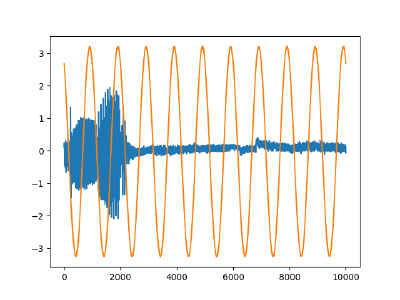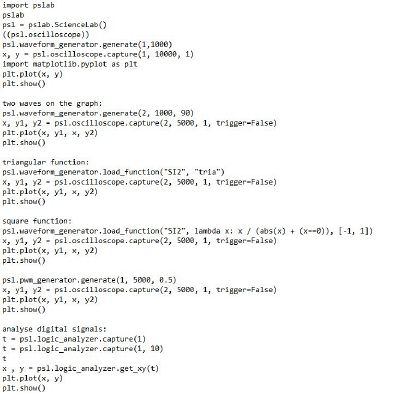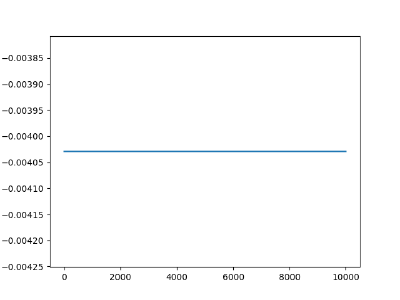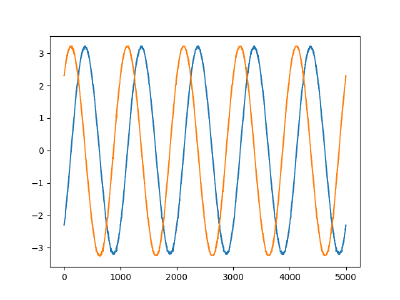| Line 1: | Line 1: | ||
== Workshop on biofilms with Katja Bühler == | == Workshop on biofilms with Katja Bühler == | ||
<gallery> | |||
File:Calculation of agar components.jpg | |||
File:Measuring the components of agar.jpg | |||
File:The mixing of agar ingredients.jpg | |||
File:Cooking.jpg | |||
File:Cutting the active parts of a mushroom.jpg | |||
File:Transporting mushroom pieces to the agar.jpg | |||
File:Transplantation of with fungal overgrown agar into a later project.jpg | |||
</gallery> | |||
== Workshop Pocket Science Lab (PSLab): Measurements and Robot Controls with Marco Antonio Gutierrez and Mario Behling == | == Workshop Pocket Science Lab (PSLab): Measurements and Robot Controls with Marco Antonio Gutierrez and Mario Behling == | ||
Revision as of 23:21, 11 February 2023
Workshop on biofilms with Katja Bühler
Workshop Pocket Science Lab (PSLab): Measurements and Robot Controls with Marco Antonio Gutierrez and Mario Behling
Introduction
During this workshop in January, we learned about the PSLab - Pocket Science Lab -, which is an open-source project. A small hardware extension board enables the collection of measurements and data with the phone or PC through different sensors.
PSLab can function as a:
Oscilloscope I Multimeter I Logic Analyzer I Wave Generator I Power Source I Accelerometer I Barometer I Compass I Luxmeter I ...
Sensor experiments
After learning about the functions and possibilities we started experimenting by connecting the PSLab sensors to the PC and giving commands in Python.
We were using the board as an oscilloscope to graphically display varying electrical voltages. For that, we connected two points on the device and changed the script to generate waves with different characteristics.
first setting: the waves are not visible, and the spectrum needs to be adjusted
adjusted waves
measuring two inputs
changing the displayed wave type
comparing the results to a living organism - ourselves-. Displaying the electrical voltages in our fingers.
conclusion
The experiments during the workshop are showing a small piece of the possible measurements with the small device of PSLab. For the results above only one sensor was used out of hundreds of existing options. The device allows us to understand the invisible factors of our environment without a laboratory or expensive devices. Besides collecting information, like humidity, emissions, sound, or light, the control of servos is also possible. It works as a translator between different mediums, the extracted information can be easily converted into an image, video, or sound. The easy control over a robotic arm holds the potential for quick testing of ideas and sketches, resulting in a high variety of complex artistic outcomes.




















